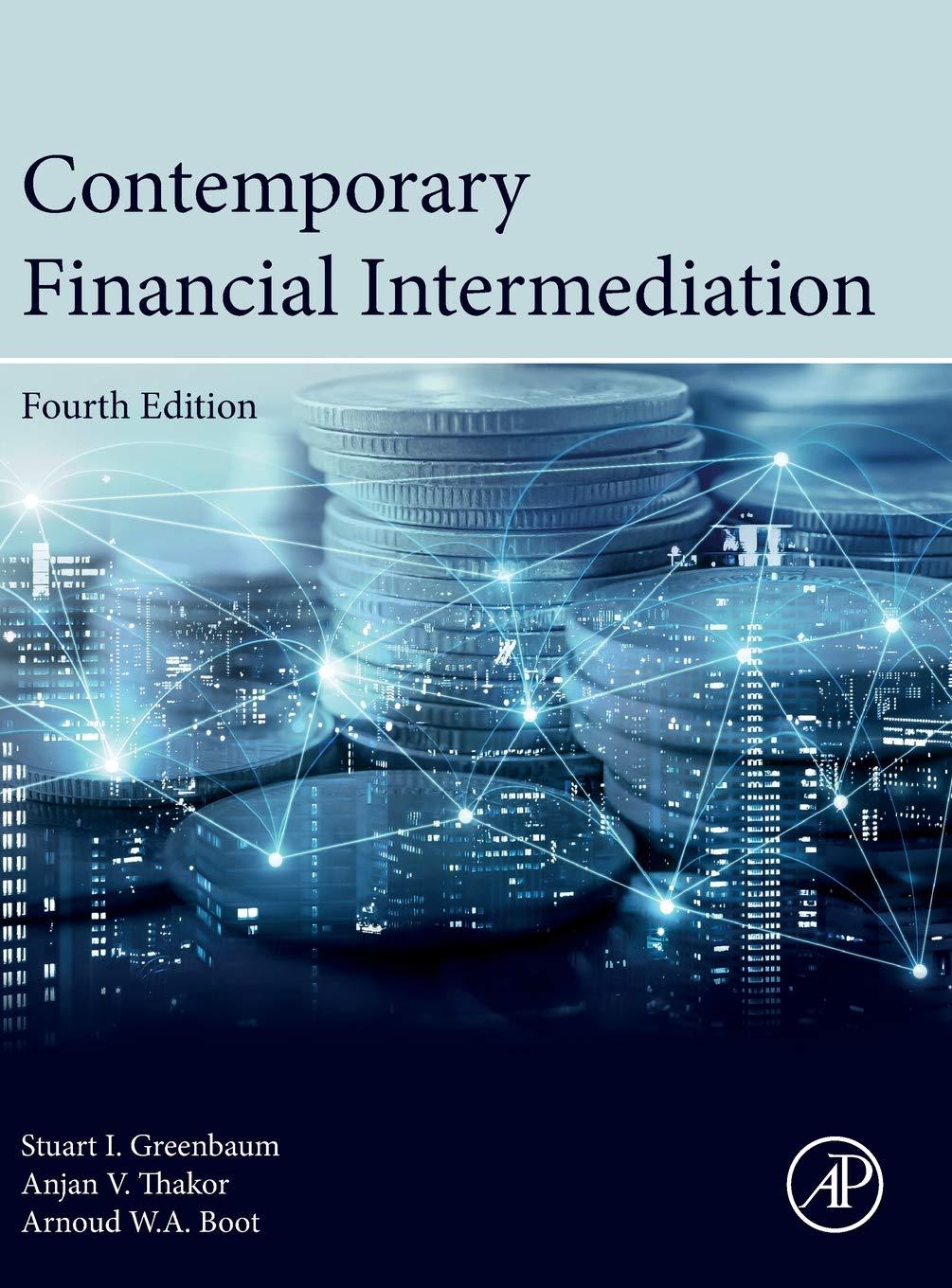Suppose that As assets will be worth $100 for sure at the end of the period. The
Question:
Suppose that A’s assets will be worth $100 for sure at the end of the period. The value of B’s end-of-period assets will be $200 with probability 0.5 and zero with probability 0.5. The project (A or B) requires an investment of $30 up front and the entire amount is borrowed from the bank. The bank is unable to distinguish between A and B. Assume that the single-period riskless interest rate is 10% and everybody is risk neutral. Assume that collateral worth $1 to the borrower is worth only 90 cents to the bank. The difference of 10 cents on the dollar can be viewed as the bank’s cost of taking possession of the collateral. These repossession costs have two sources. First, assets acquired from a delinquent borrower are often worth less piecemeal to the bank than they are to the borrowers as components of a productive whole. Thus, the mere act of liquidating collateral by removing it from the other assets of the firm is costly. Second, transferring control of assets from the borrower to the bank involves legal and other administrative costs. These costs are an important reason why so many bankers see the value of collateral largely in terms of its incentive effects.
The problem is to determine how the bank can design a pair of loan contracts such that each borrower will be induced to truthfully reveal its privately known risk.
Step by Step Answer:

Contemporary Financial Intermediation
ISBN: 9780124052086
4th Edition
Authors: Stuart I. Greenbaum, Anjan V. Thakor, Arnoud Boot





